10 Misconceptions About Military Museums to Bust on Your Next Visit
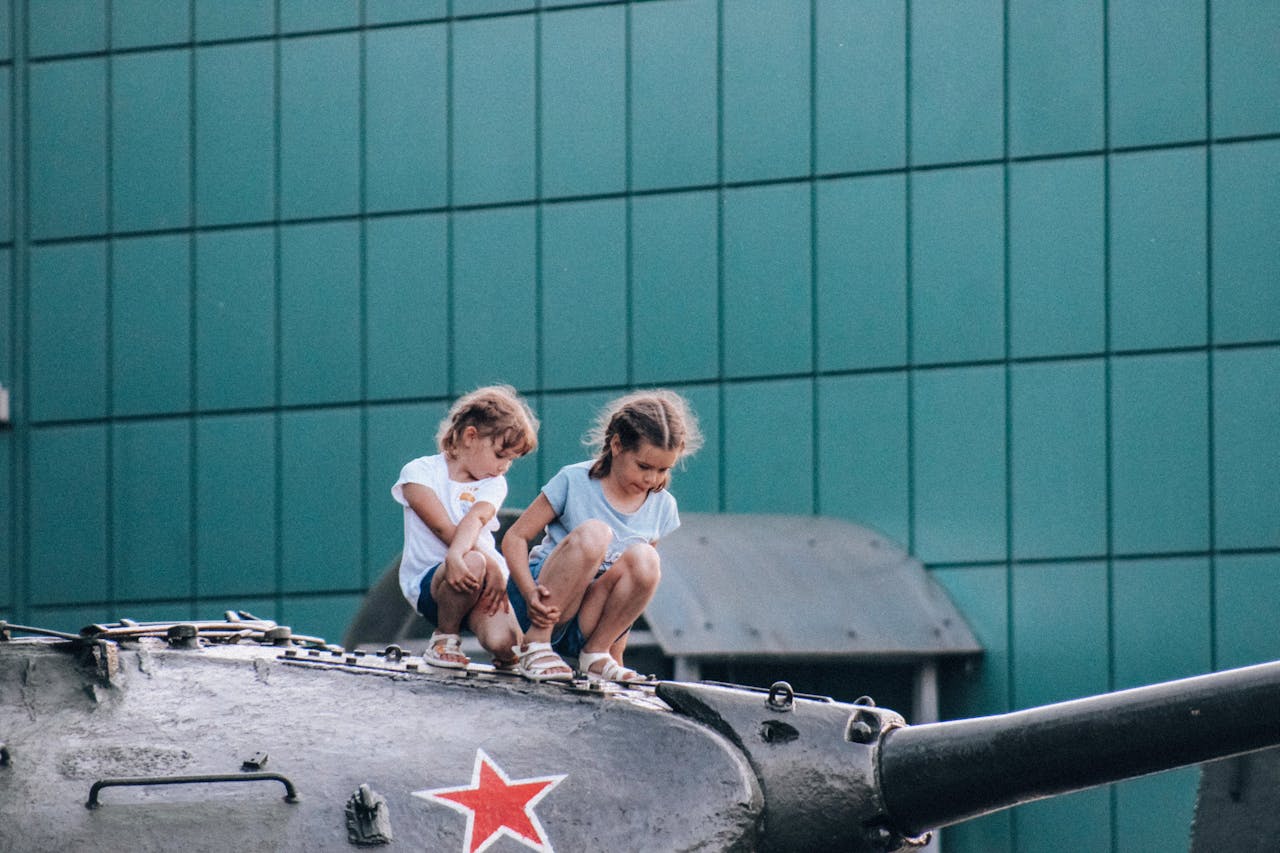
Military museums might seem like places frozen in time—quiet halls filled with old weapons and somber uniforms—but look a little closer, and you’ll uncover stories far richer and more surprising than you ever expected. These aren’t just warehouses of war relics; they’re powerful storytellers, challenging long-held beliefs and spotlighting hidden truths. Whether you’re a curious traveler or a lifelong learner, step beyond the myths and explore the deeper realities these museums reveal—about conflict, courage, and the people history almost forgot.
1. War Isn’t Always Glorified Behind Museum Glass
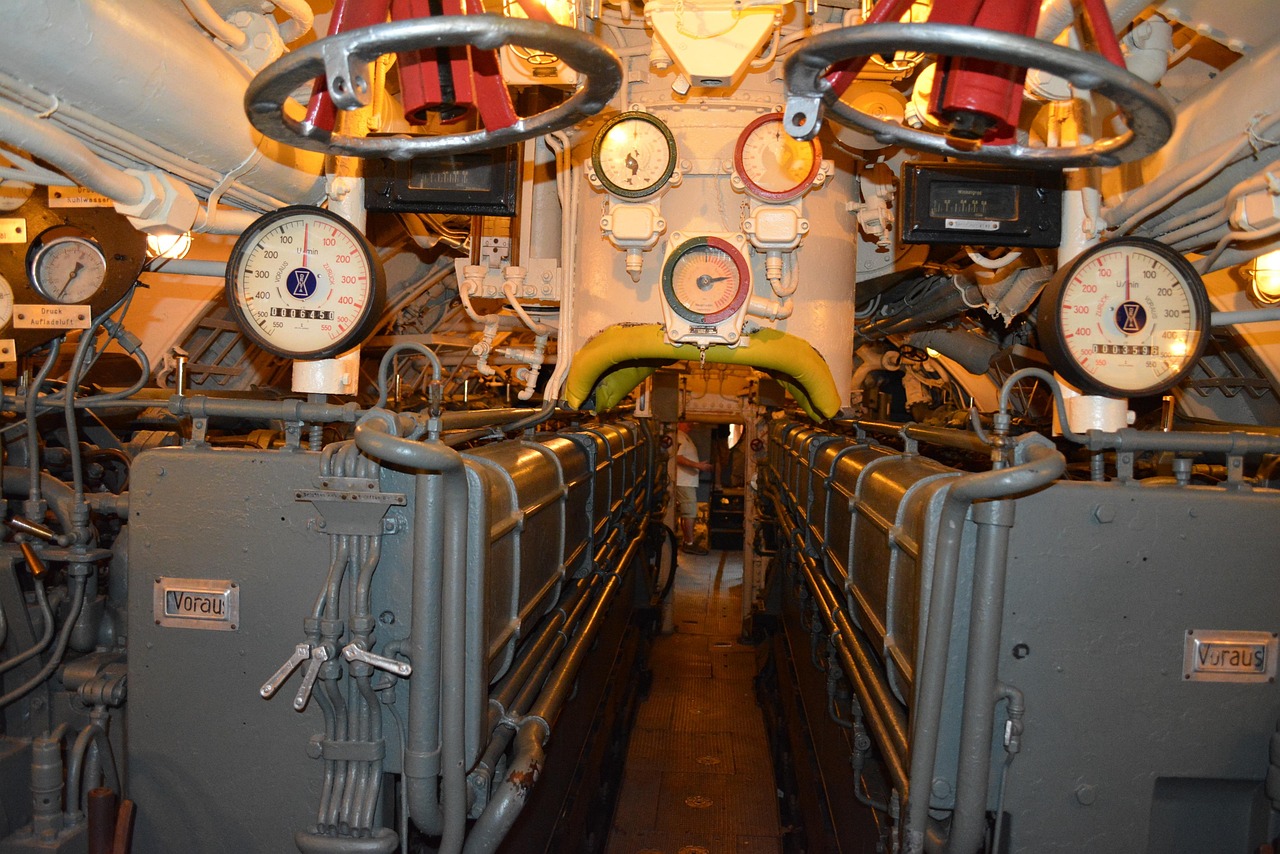
It’s easy to assume military museums are shrines to violence or national triumph, but that’s far from the truth. Most reputable institutions take great care to present war as a complex, often tragic force in human history. Exhibits often highlight the consequences of conflict, the toll on civilians, and the psychological effects on soldiers. Far from glorifying violence, many museums aim to encourage reflection, educate on peace-building, and humanize those caught in the machinery of war.
2. There’s Far More Than Just Weapons on Display
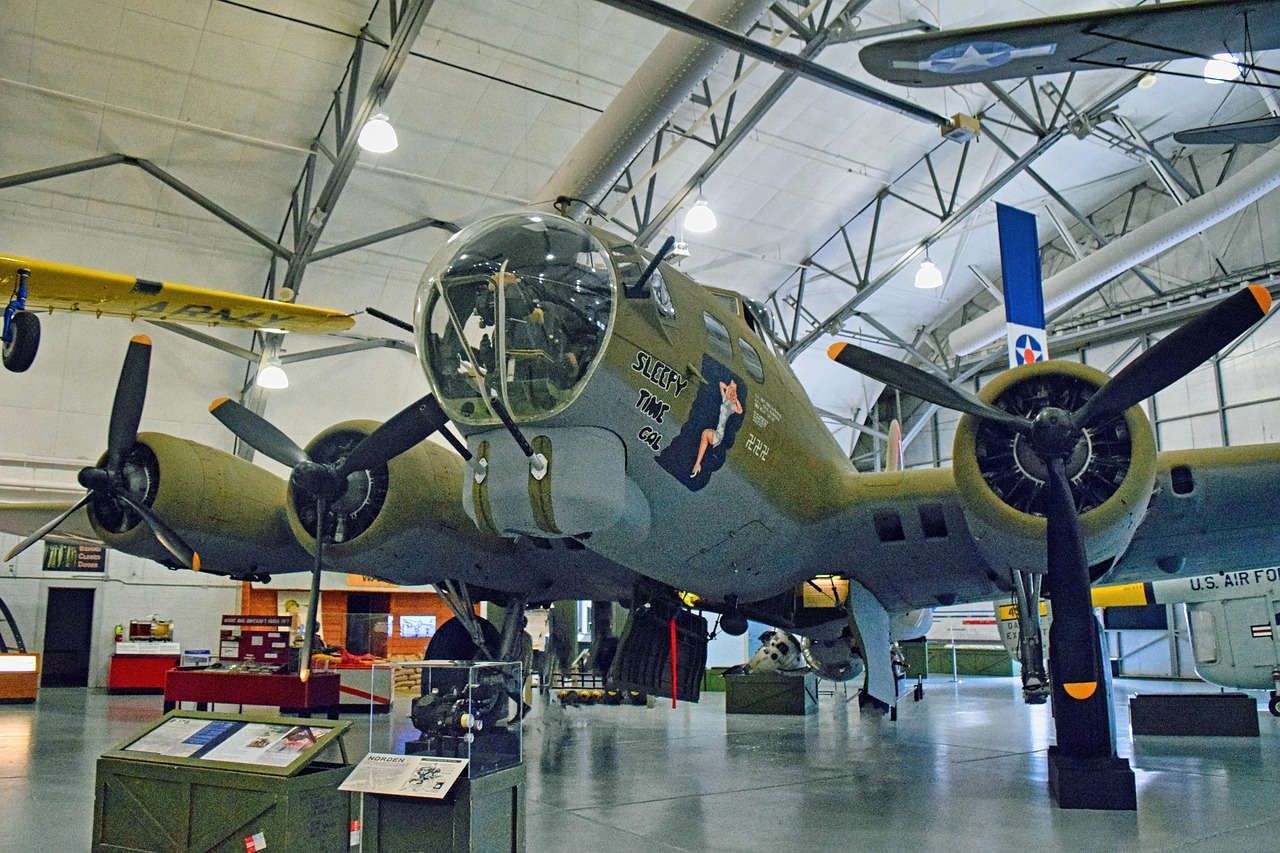
Military museums aren’t just endless rows of guns, tanks, and swords. While arms and armor are part of the story, these institutions usually explore the social, political, and personal dimensions of war. You’ll find journals, propaganda posters, letters home, field rations, and even trench art—all of which reveal how wars shaped everyday lives and the places we live in. The true aim is to paint a full picture of human experience during conflict, not just its tools.
3. Not Everything You See Is an Original

One common misconception is that all museum pieces are centuries-old originals. In reality, many are replicas, reconstructions, or composites—especially when originals are too fragile or rare. This isn’t deceit; it’s a preservation strategy. Accurate replicas help bridge gaps in history, especially for educational purposes. Labels usually indicate what’s real and what’s reconstructed, so knowing the difference enhances your appreciation, not detracts from it.
4. Women and Minorities Have Always Been Part of the Story
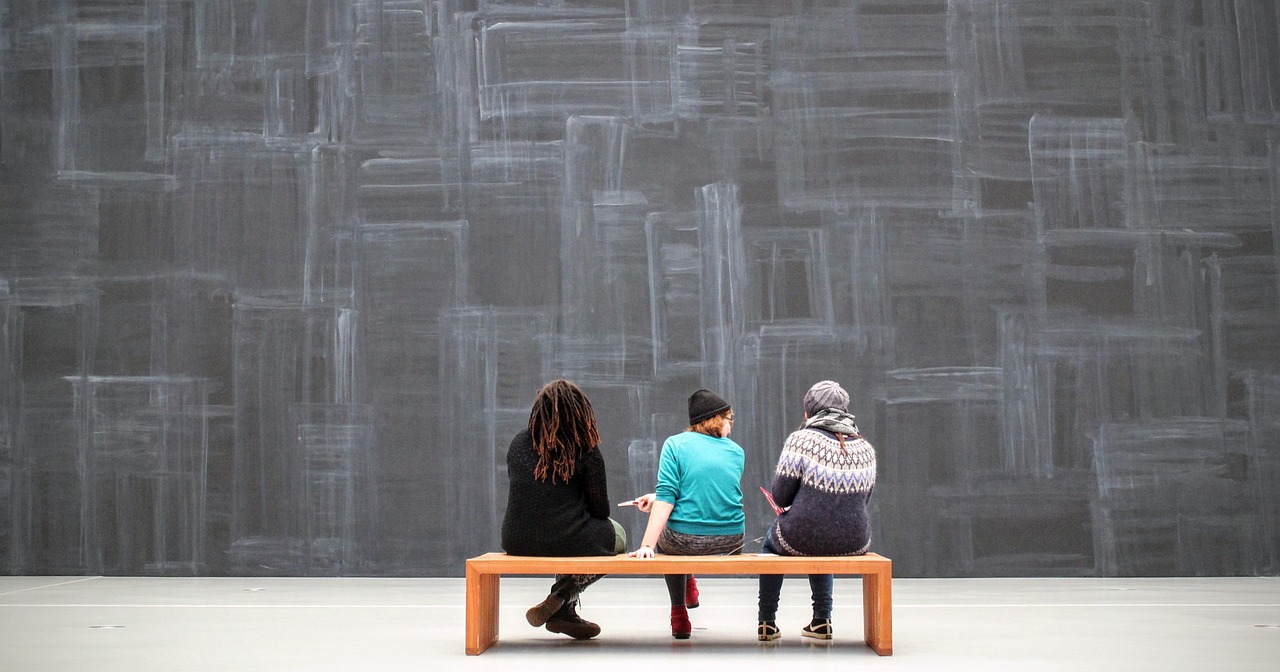
Many visitors are surprised to learn just how involved women and marginalized groups have been in military history. From female medics and spies to segregated units and resistance fighters, their contributions have often been underrepresented but are now increasingly highlighted. Military museums are actively correcting these omissions by showcasing the stories of those previously overlooked, thereby presenting a more complete and inclusive historical record.
5. Medieval Armor Wasn’t Just for Show—or Impossible to Move In
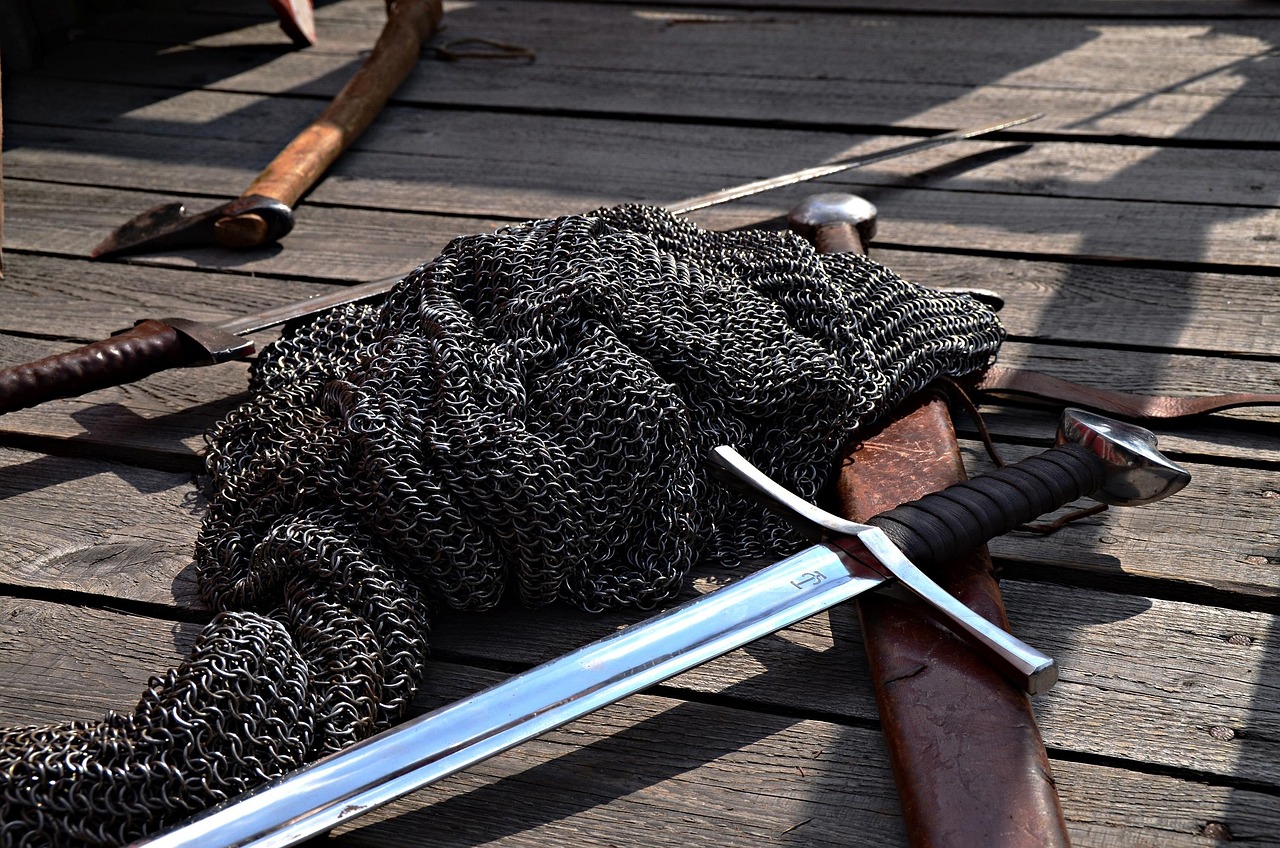
That towering steel suit on display might look bulky, but real battlefield armor was designed for mobility and function. On average, full plate armor weighed around 45 to 60 pounds, distributed over the body for balance as well as agility. Soldiers trained in it and could fight, run, and even mount horses without cranes or assistance. The myth that armor was purely ceremonial has been disproven by both historical texts and practical reenactments alike.
6. You Don’t Need to Be a Historian or Veteran to Enjoy Military Museums

Military museums aren’t reserved for experts or veterans—they’re built for everyone. These institutions welcome families, students, travelers, and the casually curious with exhibits designed to inform and engage. Many feature hands-on experiences, interactive screens, and tours that make history feel personal and alive. Kids can explore discovery zones, while adults uncover complex human stories behind the artifacts. The goal isn’t exclusivity—it’s understanding. And for many visitors, that first trip transforms abstract history into something vividly real and emotionally resonant.
7. There Is No One-Size-Fits-All Military History
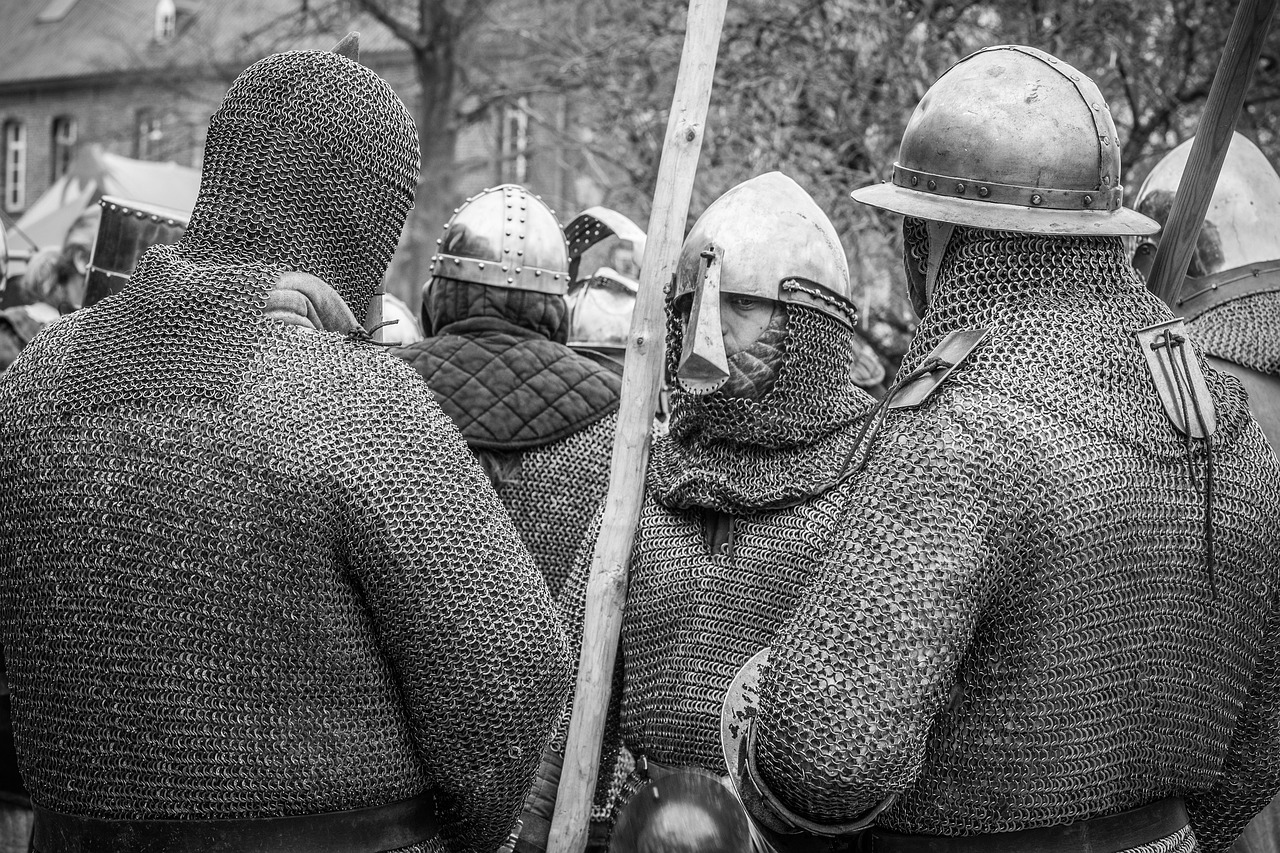
Every country, culture, and even community has its own unique military narrative. Yet some museum-goers expect a uniform story of conquest, resistance, or heroism. In truth, military history is nuanced and varies widely across time and geography. Good museums emphasize this diversity, covering colonial legacies, regional conflicts, and the ways different societies remember war. Recognizing this breaks the myth of a singular, linear military past.
8. Ancient Weapons Weren’t Primitive or Ineffective

That spiked mace or curved sword might look primitive today, but many historical weapons were actually sophisticated feats of engineering. Their shapes and materials were carefully tailored to match specific tactics, armor types, and combat conditions. Far from being rough or clumsy, these tools required deep knowledge of metallurgy, balance, and craftsmanship. When you examine the detail in museum collections—like weighted pommels, layered blades, or ergonomic grips—you see just how advanced and purpose-built they were. These weren’t crude—they were the high-tech arms of their age.
9. Exhibits Evolve—Museums Aren’t Frozen in Time

Military museums are often misunderstood as quiet halls filled with old weapons and dusty war stories, but they offer so much more. Step inside and you’ll discover powerful narratives that challenge myths, reveal hidden histories, and humanize the people behind the battles. From personal letters to groundbreaking exhibits on diversity and innovation, these museums are alive with truth and context. Whether you’re a curious traveler or history buff, they invite you to question what you think you know—and leave with a deeper understanding of our shared past.
10. Kids Can Absolutely Be Captivated by Military Museums

Despite the serious subject matter, military museums often make history exciting for younger visitors. Many include hands-on exhibits, dress-up stations, flight simulators, and storytelling geared toward children. These interactive elements aren’t just entertaining—they’re educational, sparking curiosity about history, ethics, and global issues. Families looking for enriching activities are likely to be pleasantly surprised by how engaging these spaces can be for kids.